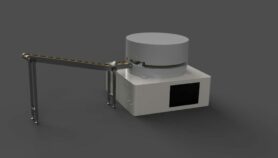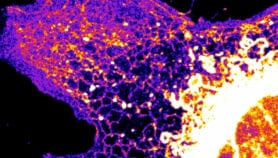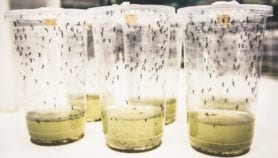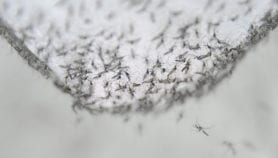By: Zi Xun
Send to a friend
The details you provide on this page will not be used to send unsolicited email, and will not be sold to a 3rd party. See privacy policy.
[BEIJING] Chinese farmers growing genetically modified cotton have triggered an increase in insect pests that has cut their profits say US-based researchers.
But a senior Chinese scientist who provided data for the study says the conclusions are flawed and misleading.
Researchers from Cornell University in the United States presented the findings yesterday (25 July) at the American Agricultural Economics Association’s annual meeting in Long Beach, California.
They found that from 2001 to 2003, farmers growing genetically modified (GM) cotton cut their pesticide use by more than 70 per cent and earned 36 per cent more than conventional farmers.
By 2004, however, the GM cotton farmers were using as much pesticide as conventional farmers but earning eight per cent less because of the higher cost of GM seeds.
The GM cotton produces a bacterial toxin called Bt that kills leaf-eating bollworms, the major insect pests of cotton.
The researchers say that an increase in other insect pests — mainly mirid bugs, which feed on stems and so are not affected by the Bt toxin — contributed to the 2004 results.
“These results should send a very strong signal to researchers and governments that they need to come up with remedial actions for the Bt-cotton farmers,” says the study’s co-author Per Pinstrup-Andersen.
But Huang Jikun, director of the Centre for Chinese Agricultural Policy, which provided data for the study, says the findings could be based on a faulty analysis.
He says 2004’s summer months were cooler and wetter than usual, which led to outbreaks of mirids not only on cotton but also on other crops nearby.
Research by Huang’s centre in 2005 and 2006 revealed much smaller populations of mirid bugs on the same farms the Cornell team studied.
Huang told SciDev.Net that the Cornell study underestimated the benefits of GM cotton by comparing differences in income between GM and non-GM farmers in 2004.
He says that by then, nearly ten years of farmers growing GM cotton had dramatically reduced the bollworm population on both GM and non-GM cotton farms, decreasing the amount of pesticides used.
Huang accepts however that it is very important to study and develop strategies against insects that are not affected by Bt.
The Cornell team interviewed 481 Chinese farmers in five major cotton-producing provinces.
Since China first allowed farmers to plant Bt cotton in 1997, the cotton-growing area has increased rapidly, reaching 3.3 million hectares in 2005.
This accounts for nearly 60 per cent of China’s overall cotton area.












